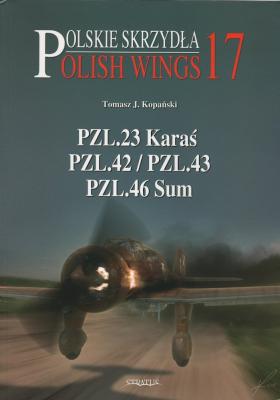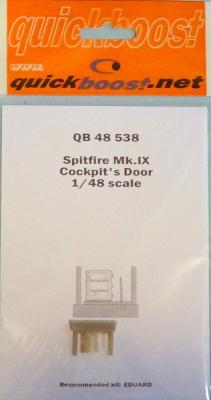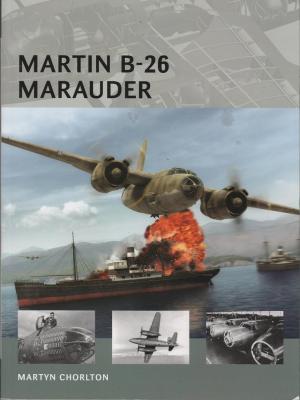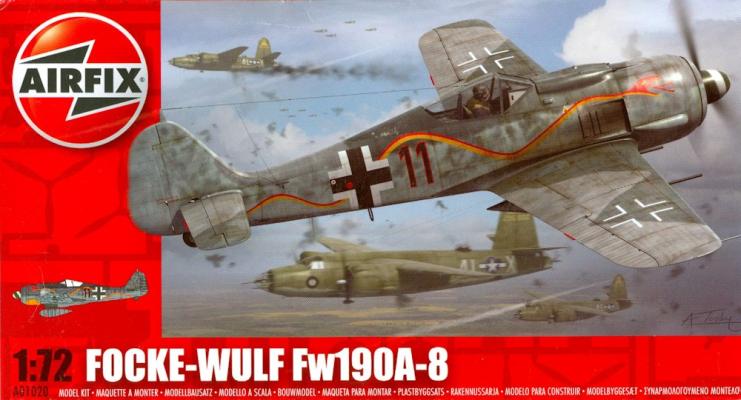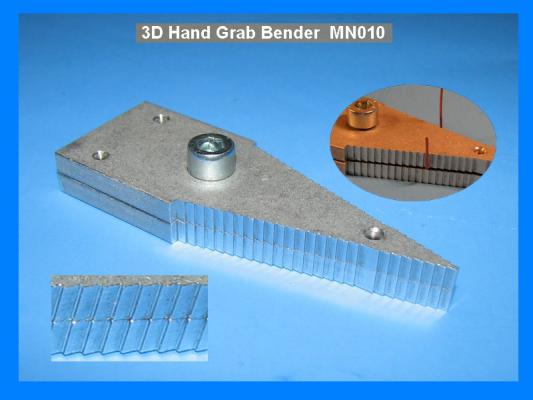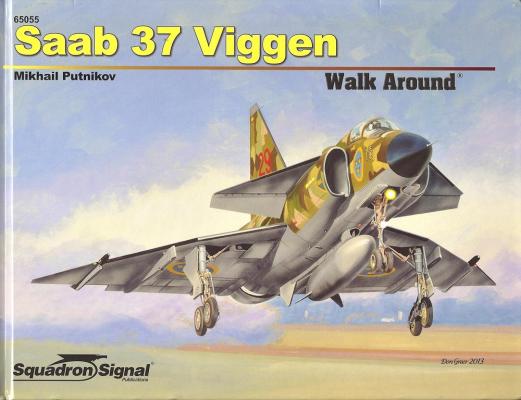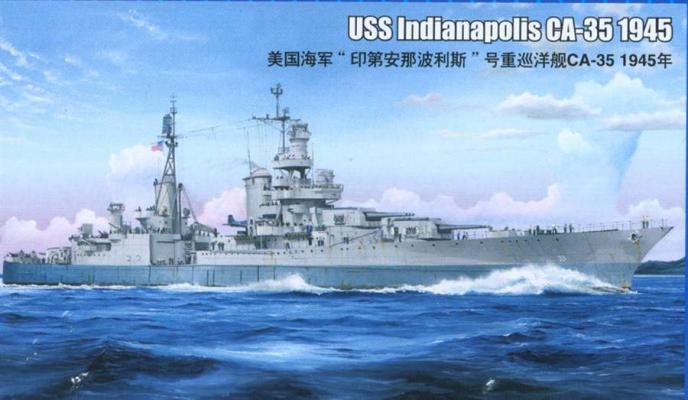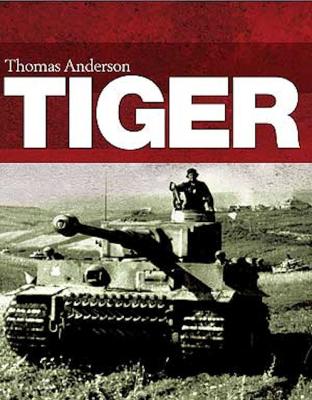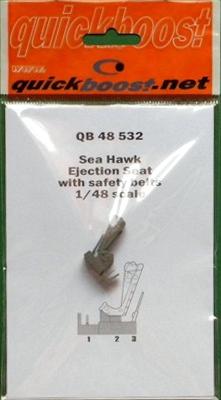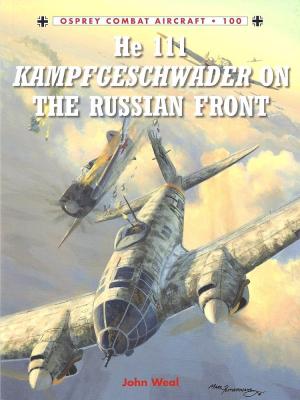This book takes a look at the most famous of the Polish bomber type in WWII and its developments. The PZL 23 was known as the Karas (or Carp, according to Google translation) to the Polish Air Force and, along with its offshoot variants PZL 42, 43 and 46, did the lion’s share of bombardment work for Poland.
The majority of the book (65 pages) gives us a brief history of the main variant, the PZL 23, and its service with both Poland and Romania. There are many previously unpublished black and white photos used to illustrate this aircraft, along with gorgeous color profiles. The Poles had some of the best group insignias I have ever seen. Who could resist doing a model of a Karas with a flying fire breathing dragon with a bomb clutched in his talons?!

